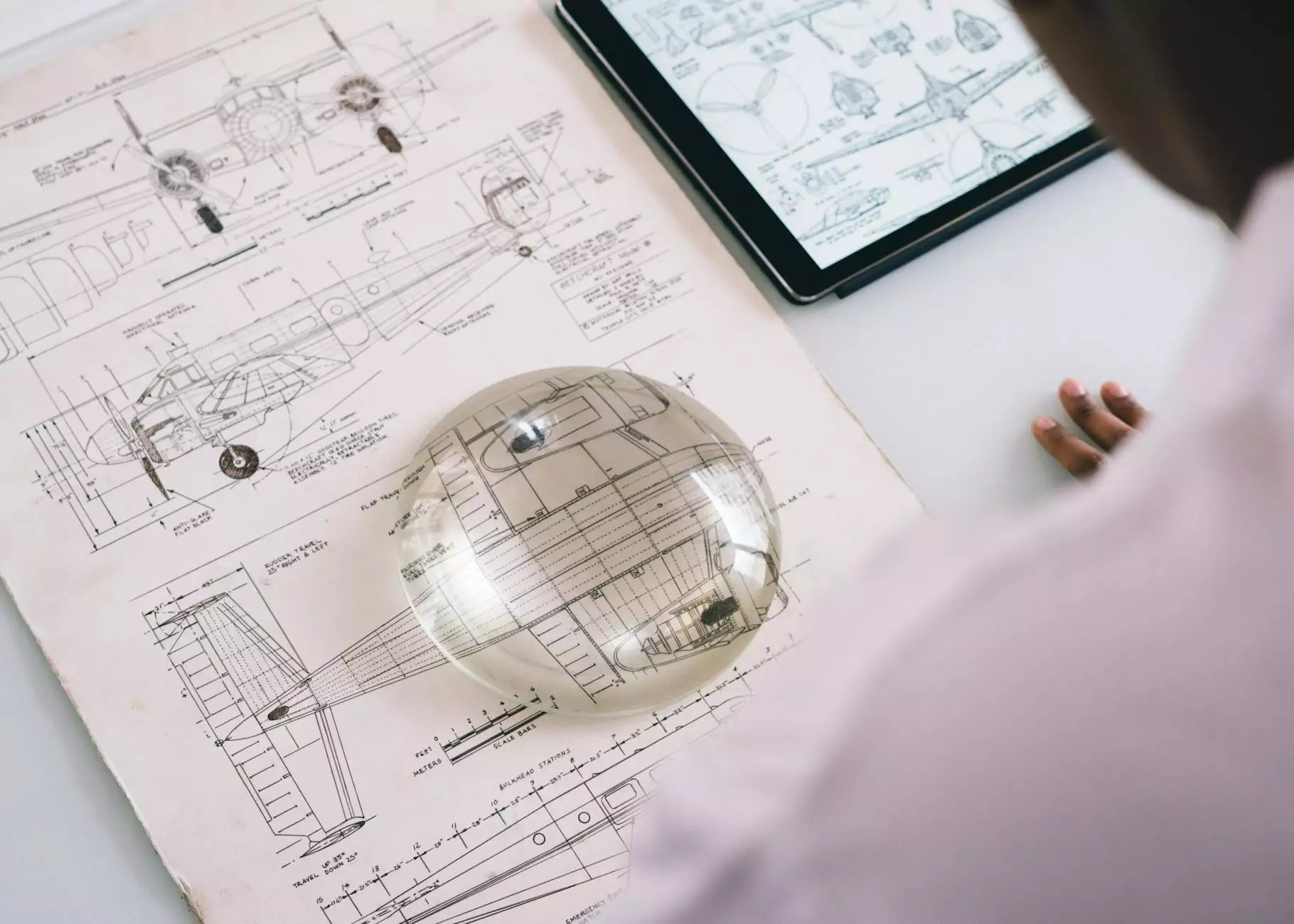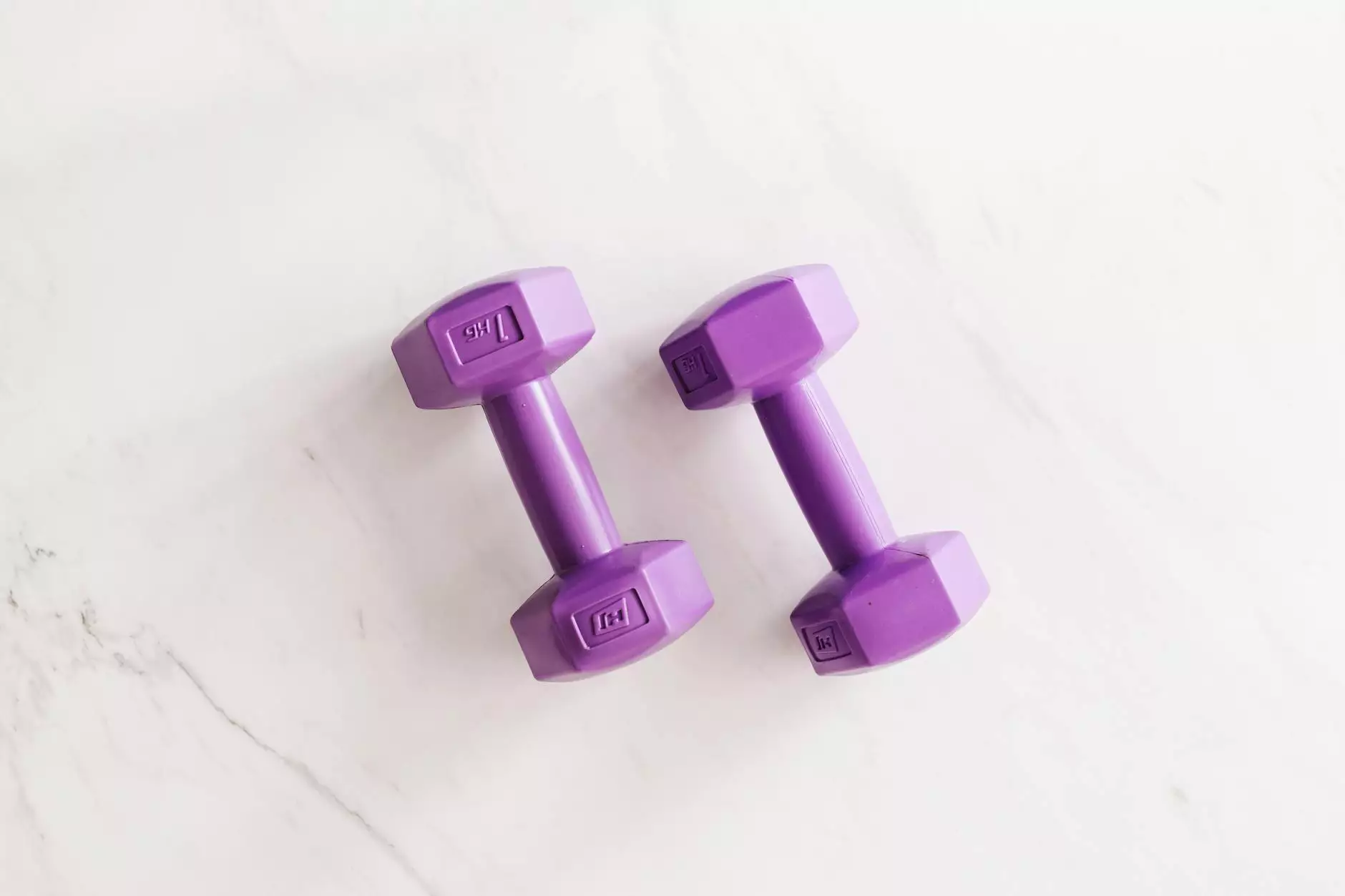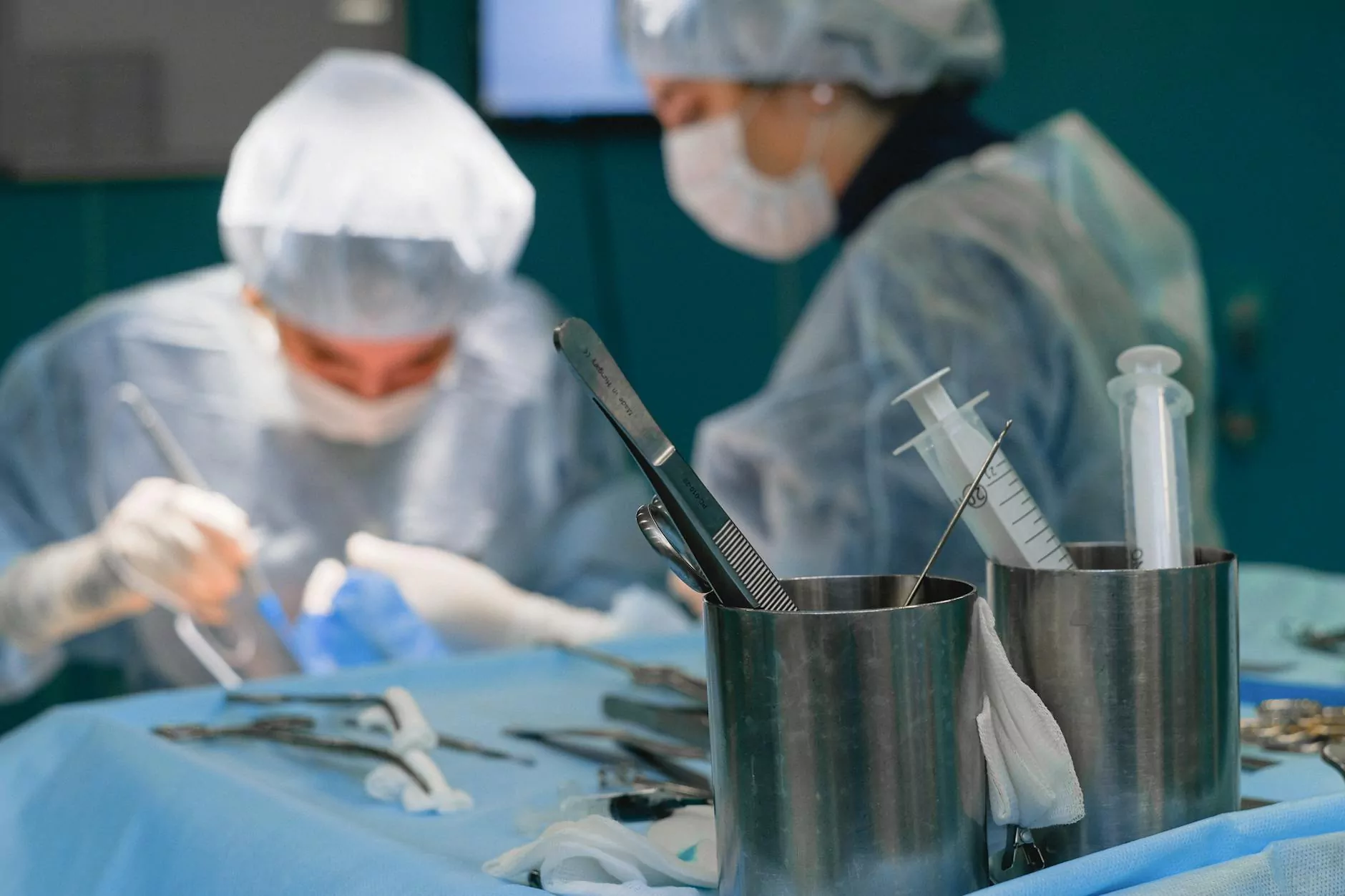Knee Anatomy - Anterior View
Services
The Importance of Understanding Knee Anatomy
When it comes to understanding the complexities of the human body, the knee joint is a crucial area that plays a significant role in our daily movements. By learning about the knee anatomy from an anterior view, we can gain insights into the structures and mechanisms that enable us to walk, run, and engage in various physical activities.
An Overview of the Knee Joint
The knee joint is the largest joint in the human body and consists of several components that work together to provide stability and flexibility. From an anterior view, we can observe the following key structures:
- Patella (Kneecap): The patella is a small, round bone that protects the front of the knee joint and helps with knee extension.
- Femur: The femur, also known as the thigh bone, articulates with the tibia to form the knee joint.
- Tibia: The tibia, or shinbone, is the larger of the two lower leg bones that form the lower part of the knee joint.
- Fibula: The fibula, the smaller of the two lower leg bones, runs parallel to the tibia and provides additional support to the knee joint.
- Quadriceps Muscles: The quadriceps muscles are a group of four muscles located in the front of the thigh that help with knee extension.
- Patellar Tendon: The patellar tendon connects the patella to the tibia and is essential for knee movement.
Functions of the Knee Joint
The knee joint performs various functions that are essential for our daily activities:
- Mobility: The knee joint allows for flexion and extension, as well as some degree of rotation, enabling us to move our legs in different directions.
- Support: The knee joint provides support to the body's weight and helps us maintain balance while standing, walking, or running.
- Shock Absorption: The structures of the knee joint, such as cartilage and menisci, absorb impact forces during activities like jumping or running.
- Stability: The ligaments and muscles surrounding the knee joint help stabilize the joint and prevent excessive movements that could lead to injury.
Common Knee Injuries
Due to its complexity and frequent use, the knee joint is prone to various injuries that can affect its function and mobility. Some common knee injuries from an anterior view include:
- Patellar Tendonitis: Inflammation of the patellar tendon due to overuse or repetitive movements.
- Anterior Cruciate Ligament (ACL) Tear: A tear in the ACL, which is crucial for knee stability during twisting or pivoting movements.
- Meniscus Tear: Damage to the meniscus, the cartilage that cushions the knee joint, often caused by sudden twisting or impact.
- Patellofemoral Pain Syndrome: Pain around the patella due to poor alignment or muscle imbalances.
Conclusion
Understanding the knee anatomy from an anterior view is essential for anyone looking to maintain optimal knee health and prevent injuries. By gaining insights into the structures and functions of the knee joint, we can make informed decisions about our physical activities and seek appropriate treatment in case of injuries or pain.



